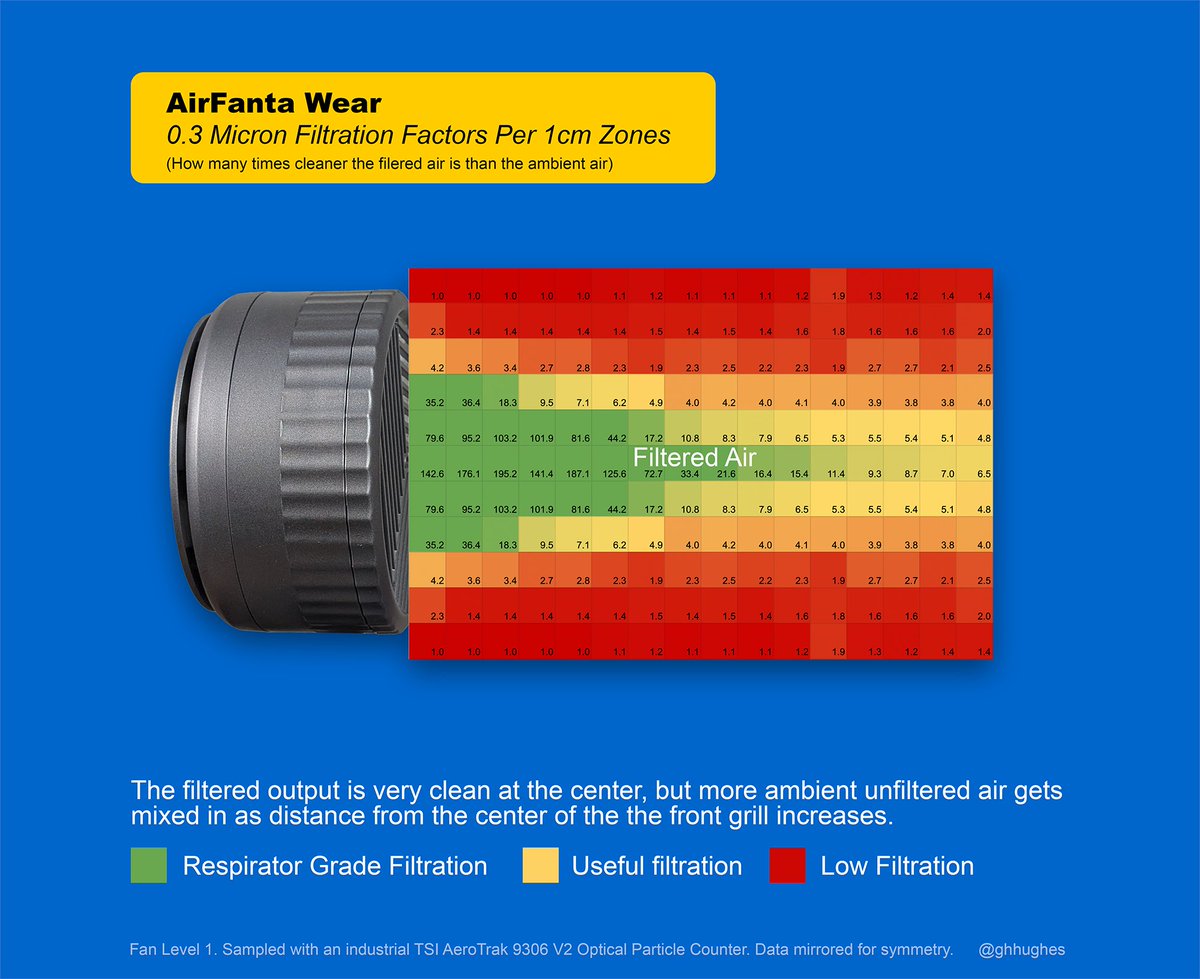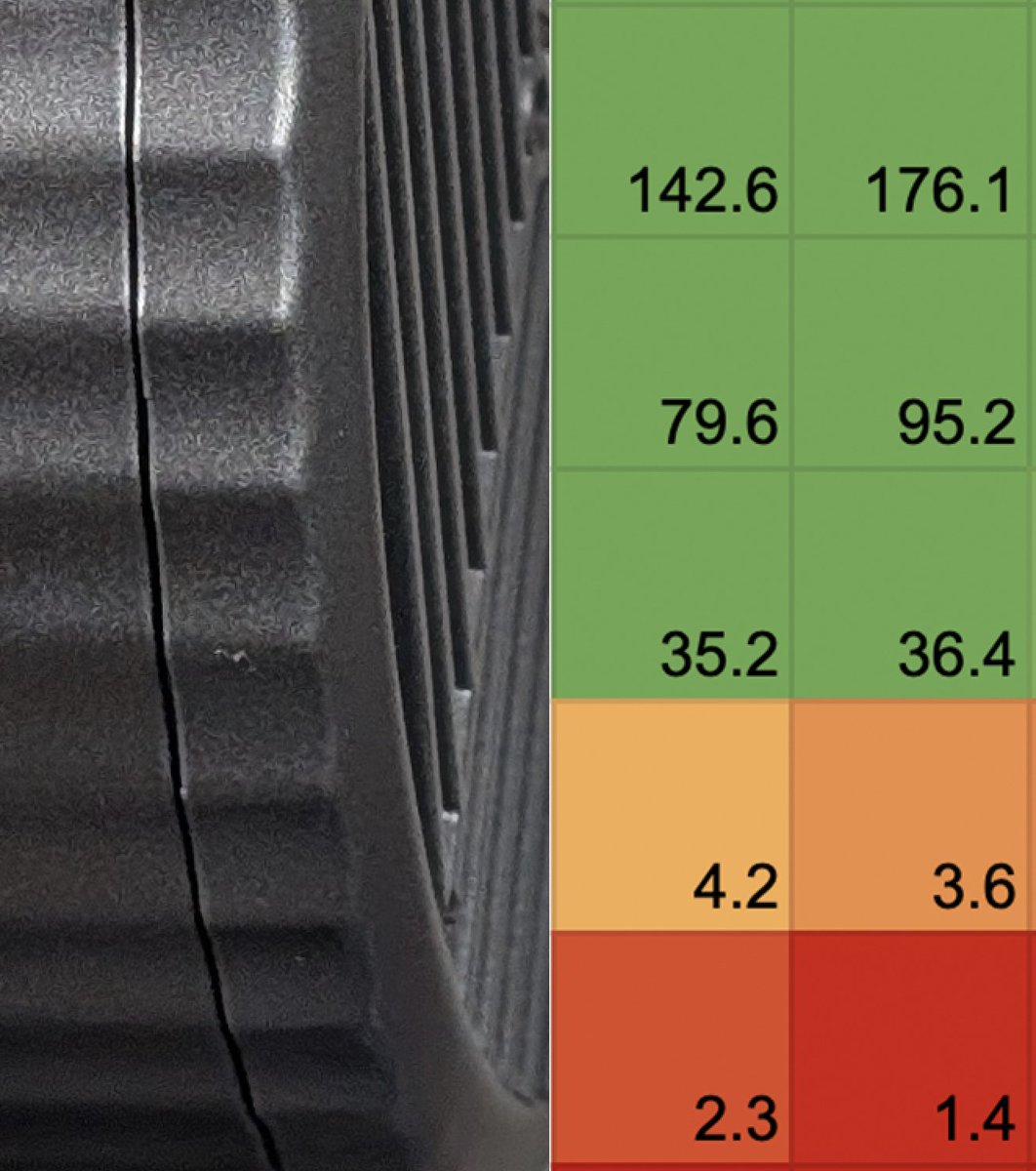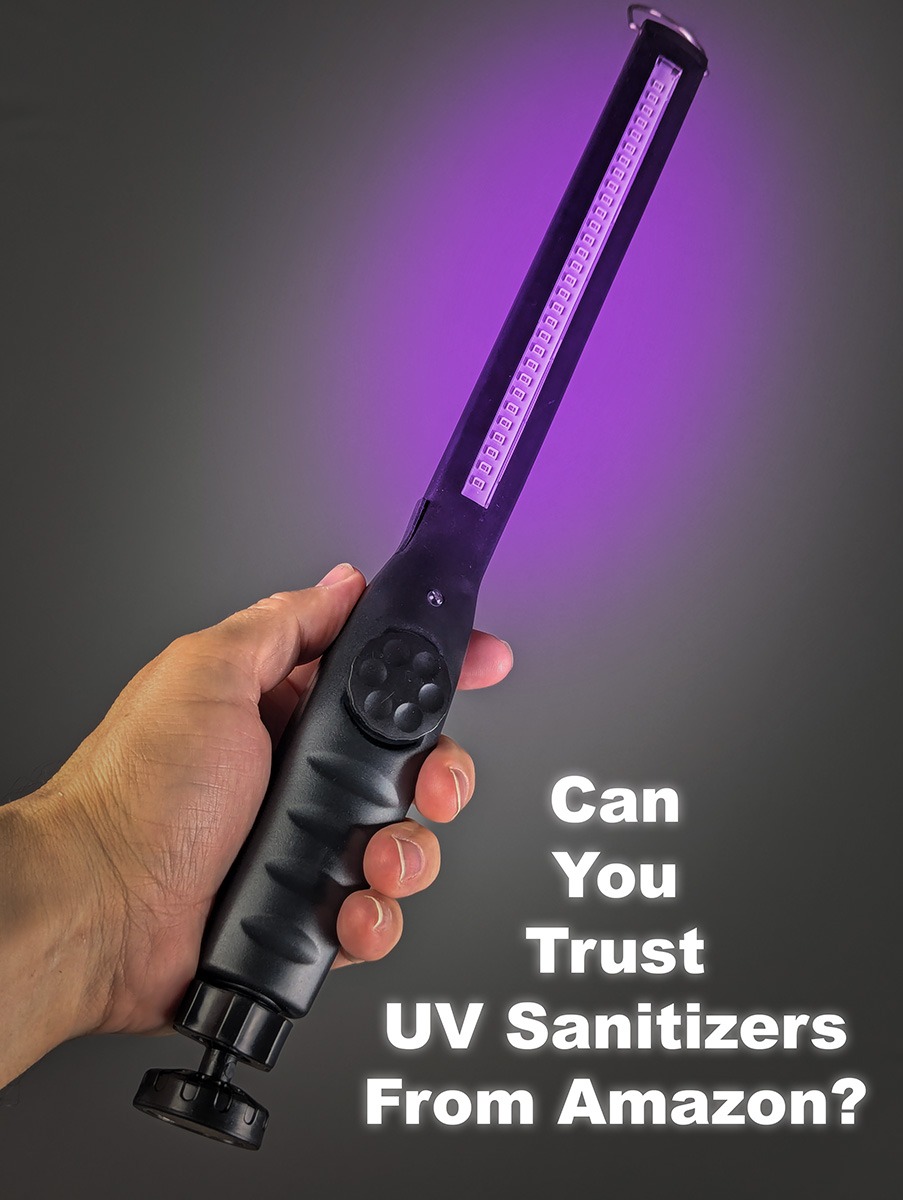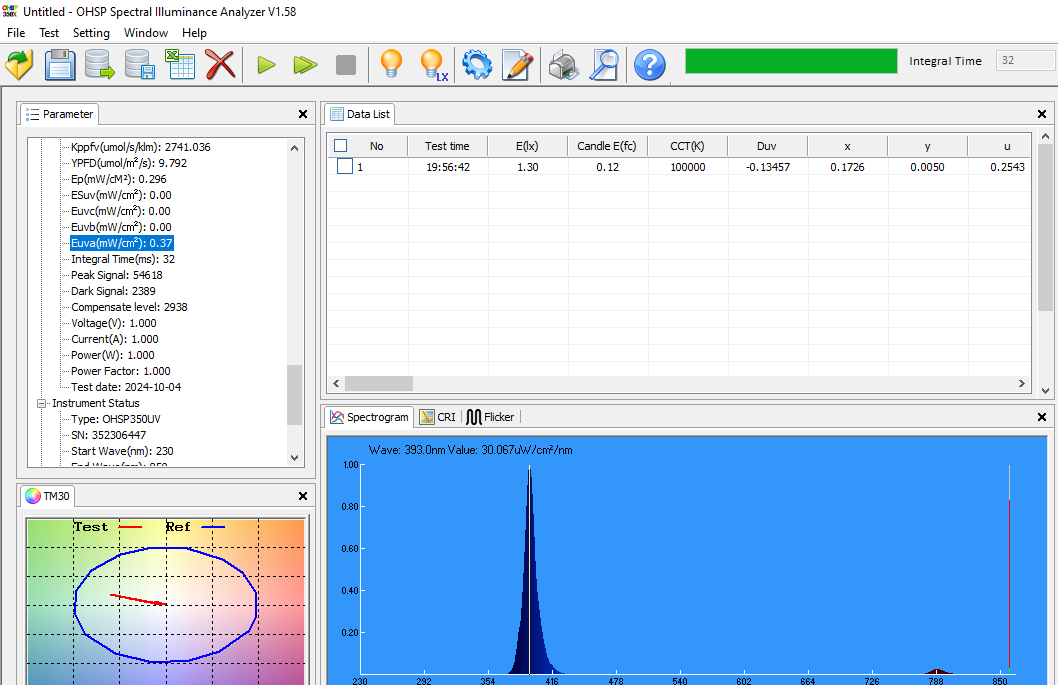Can tiny nostril filters protect you from Covid?
Lots of people would like unobtrusive respiratory protection, and nostril filters are an attractive option, or they *could be* if they work, and if you only breathe in through your nose.
🧵


Lots of people would like unobtrusive respiratory protection, and nostril filters are an attractive option, or they *could be* if they work, and if you only breathe in through your nose.
🧵


I was given these by Amazon to review. They are from O2 Armor, who provide more filter data than most companies. But check their wording and compare it to their filtration efficiency graph..."up to" is doing a lot of heavy lifting.




You can see in these macro photos how loose the weave of the nostril filter is to make it breathable at such a small size. Compare that to the Drager N95 filter shown at the same magnification.
Electrostatic attraction can make a filter work better than it looks, however...


Electrostatic attraction can make a filter work better than it looks, however...


I got the perhaps lowest filter-only score I've ever tested:
Fit Factor 1.2
17% filtration efficiency
(I made a jig to test the nostril filters directly with a PortaCount at 0.7 liters of airflow per minute. Penetration would be way higher at the 85 lpm NIOSH test airflow.)


Fit Factor 1.2
17% filtration efficiency
(I made a jig to test the nostril filters directly with a PortaCount at 0.7 liters of airflow per minute. Penetration would be way higher at the 85 lpm NIOSH test airflow.)


The 17% filtration efficiency score is consistent with seller's filtration efficiency chart and the sub-micron counting range of the PortaCount.
Better than nothing, but not much. So avoid risk compensation and don't take on any extra risks if you use these.
Better than nothing, but not much. So avoid risk compensation and don't take on any extra risks if you use these.

Wear a good respirator that fits you well instead of nostril filters when at all possible. The difference in protection is orders of magnitude.
3M Aura and Drager trifold N95s are good respirators to try that fit most, but not all, people well and are very protective.
3M Aura and Drager trifold N95s are good respirators to try that fit most, but not all, people well and are very protective.

I didn't test these in my nose because there isn't a way to sample the air above the nostril filters short of a big nose piercing, so I didn't test fit, just filtration. More on that in a later Tweet.
O2 Armor have a pretty detailed write up with test data. They seem to come to opposite conclusions about the utility of their nostril filters based on that data than I do.
static1.squarespace.com/static/6064fce…
static1.squarespace.com/static/6064fce…
• • •
Missing some Tweet in this thread? You can try to
force a refresh

















